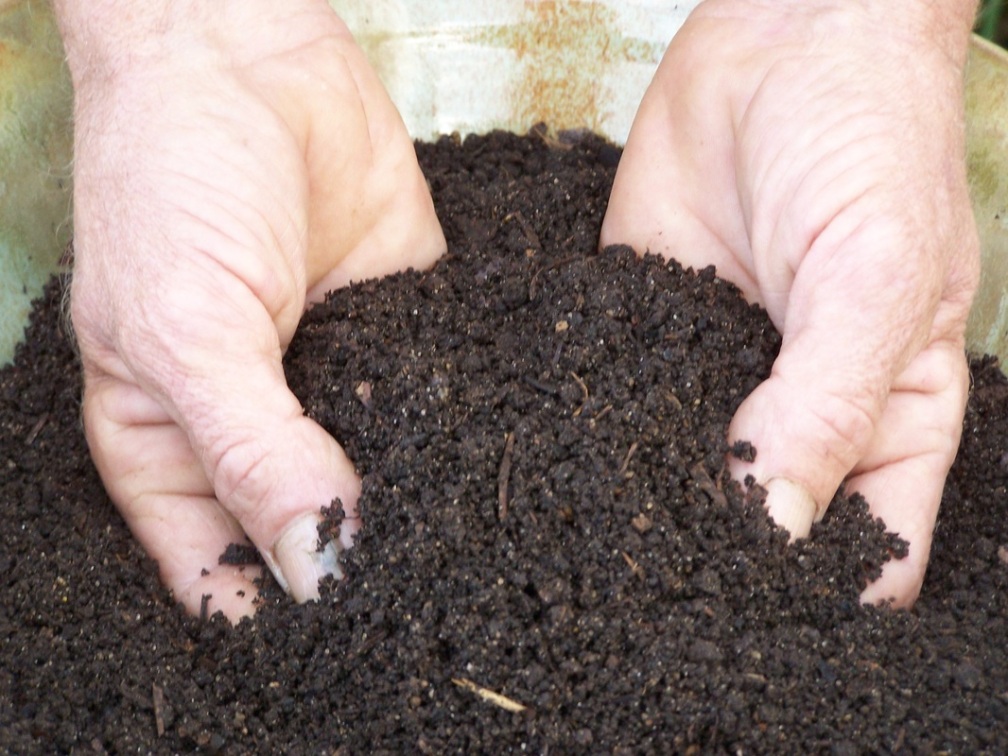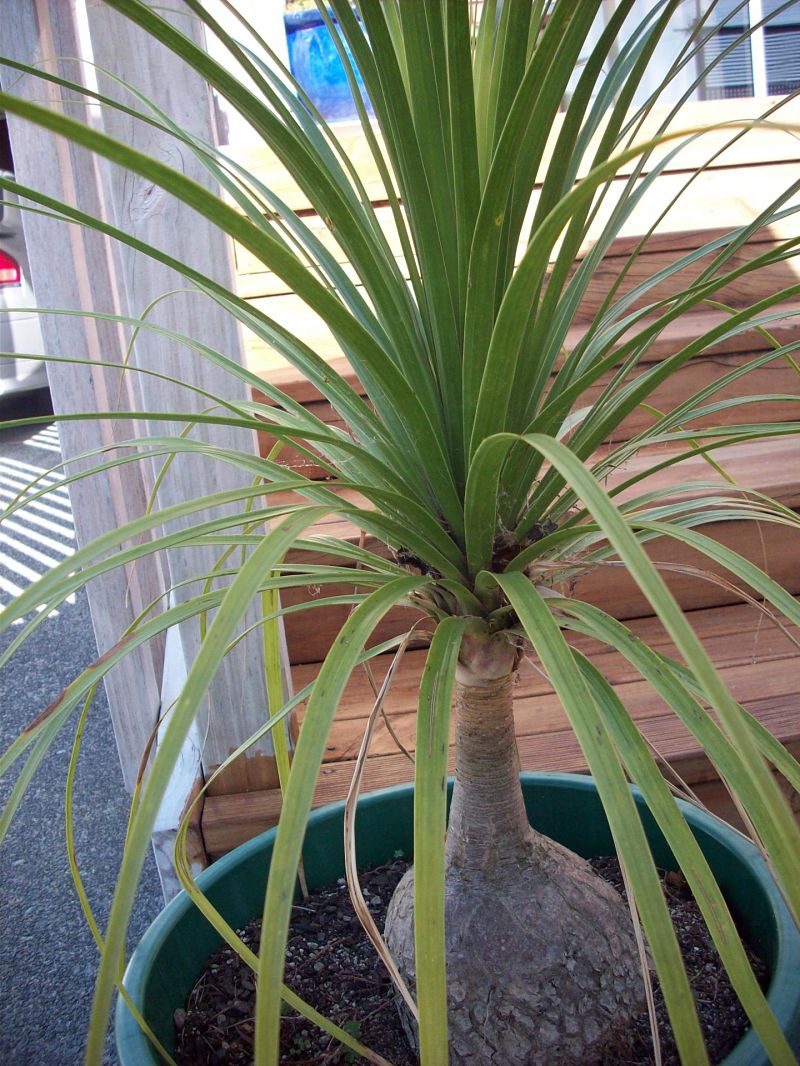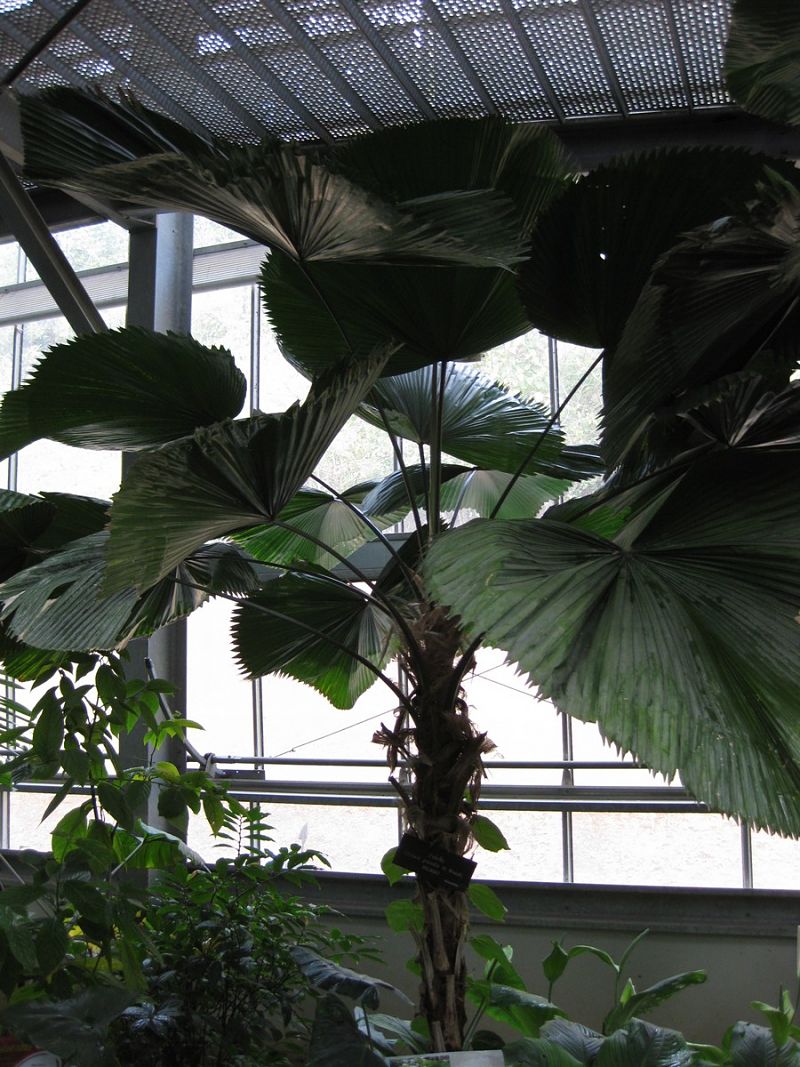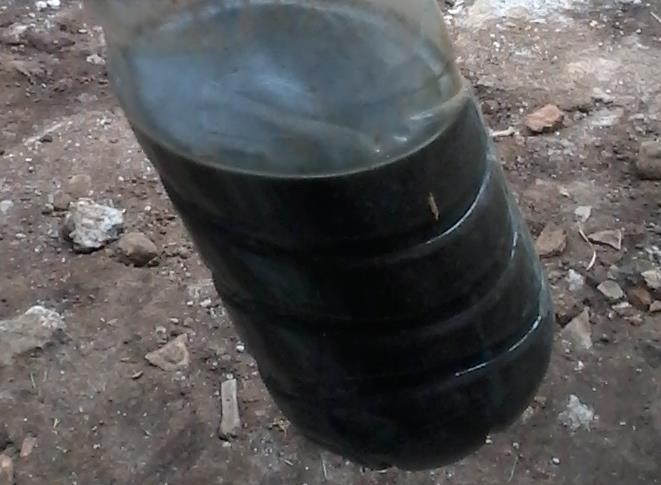Introduction
That see out your successful organic farming or gardening is the way in which you prepare great nutrient. World sees that compost always be better way rather than synthetic fertilizer. Earth sees that natural fertilizer will keep them healthy. Plant sees organic matter is friendlier to help them yielding fruitful harvest. Human have to supply the plants using right organic fertilizer to keep them producing healthy food. This is a healthy life cycle, right? So, start your own way!

Nature has its own mechanism to let organic matter decay into fertilizer and that sometime takes longer time without the advent of human creativity. Among various methods in which people working to make compost, bokashi composting is one most popular way. This is surprising after knowing that Japanese people tend to make bokashi compost since 50 years ago. Now, the time is yours.
In my opinion, bokashi compost is a better shortcut to find the most efficient organic fertilizer to keep the land healthy and plants grows happily all along the years. Cultivating the land using organic treatment is the safest method you can find in this planet. The best part, we can start bokashi project anytime regardless of the quantity – starting from small DIY project preparing high-quality organic fertilizer for your pot planting to the corps cultivating preparation on hundreds acres land.
Up until the end of this blog entry, I hope you wish nothing except acknowledging the basic principle to make small project on successful bokashi composting. I please reader from all round the globe to follow this post, as I will convey the most flexible method to make bokashi by taking benefits of various wastes or raw organic materials available at around your house like kitchen crap, foliage, chicken manure, or any possible organic materials.
Again, I don’t want to bother and force you to learn any complicated term as written by most people, but only quick practice, everything you need to prepare, and if possible I will let you know where to buy the stocks. According to me myself, I’m prefer to define bokashi as compost yielded from the process of fermented organic materials with the help from amazing effective microorganism (EM) technology and other booster materials like molasses and other compositions come with EM that could be bacteria like Azotobacter sp., Lactobacillus sp., yeast, photosynthetic bacteria, cellulose-degrading fungi and other beneficial living organisms.
Two Basic Components to Make Bokashi Compost
In my own perspective, a successful bokashi is so simple. Initially, all what you need to prepare is the raw organic materials and the EM itself. That is right you will also need equipments and tools to make them all working, but they will be varies in form, size and capacity depending the output you expect. Once you understand this general view then we move to the more specific details.
Introducing Bokashi Juice and Bokashi Compost
You can find bokashi in 2 form, one has juice/liquid substance another in the form of powder/raw /solid substance (like the soil itself). They both function as organic fertilizer as well. You can also take alternative as the solid one is for basic fertilizer and the bokashi juice is for plant feeding.
However both bokashi compost and bokashi juice they have similar function, but both applied differently. Bokashi juice requires right dosage for specific application while bokashi compost I think don’t require any specific dosage. You will also need to mix bokashi juice with other substance, but you won’t for the bokashi compost.
I was wondering how can people snug on the synthetic fertilizer, while they were actually been watching a serious drawbacks of the synthetic fertilizer like causing chemical burn, virulence, etc. Organic bokashi have no toxic effect.
That’s right while some people suggest not to apply directly of the bokashi juice into the soil or foliage, in truth if you do so, it will doesn’t matter, but it will only waste your money. Before applying the bokashi juice, you can mix them up with clean water and here is the magic happen. Greatly save money.
So, which one is suitable for me?
- Bokashi juice the most practical and effective for small fertilization like in pot planting or small garden. (Click here for the steps and tools you need to prepare to make bokashi juice).
- Bokashi compost is scalable to the wider applications
Step by Step Guide of Bokashi Composting
Everything about Materials
Seize the organic waste at around your home, and don’t waste it. See a few examples below:
- Autumn moment + leaf blower
Make your autumn season jazzy with fun activity by turning the fall into stead. Probably you will need a helping tool like broom or a more modern leaf blower. If you want to invest some money on a good garden blower, you can find many advices in this website: diytoolsguide.com, especially if you are from UK.
- Harvest time + straw
Have you ever heard about straw bale house? What I mean straw here is the same material. You can use it as a high nutrient bokashi when fermented correctly mixed with other rich-nutrient sources like animal waste, grass clippings, sawdust, kitchen waste, etc. When you use straw as part of the bokashi ingredients, you have at first to clips it into small pieces. In principle, all materials should already chopped properly before you proceed. Now you catch the idea for other possible materials like:
- Gardening routine + grass clippings
- Tidying up hedge + hedge clippings
- DIY sanding or chainsaw cutting + sawdust
- Farming industry + bran (corn, wheat, rice, etc
- Farming industry + husk
- Backyard + animal waste (chicken, sheep, goat, cow, rabbit, pig, etc)
I make the exception for the animal waste, as they are very good nutrients resources. I usually make 1:4 composition ratio using animal waste (from cow and sheep) combined with all “green waste” on the list. Animal waste takes the biggest portion. Mixed them up and the result is amazing.
Rich-Nutrient Effective Microorganism
Using the right effective microorganism formula will determine the process of fermentation. In nature, all effective microorganisms (microbes) can decompose all organic materials. Nevertheless, not all consist of microbes you need to make good quality fertilizer or compost. Make sure you have the correct EM that consists of microbes to decompose the materials you prepare. Shopping online is easier to guide you finding the route for best EM microbes. In this case, I use the EM with liquid substance. 4-liter (four bottles) of EM is enough for up to 4000 pounds ready-to-serve compost.
Mixing the Organic Materials
What do you need including:
Follow these steps:
- Chop or clips all the materials into small pieces
- Prepare EM solution: 1 – 3 bottle cap (approximately 3 ml/cc) EM liquid for 1-liter water, then pour and mix into water in the tumbler.
- Molasses is optional
- Pour the solution into sprayer
- Spray the solution into the organic materials and stir well using the shovel (damp quality and not too wet)
- Put into compost tumbler or cover it with mulch
Fermenting
Many of composting requires anaerobes, organisms that grows without air, or requires oxygen-free conditions to live. This is why you need to prepare the space meet that condition. Many to choose including compost tumbler, bokashi bin, etc. For cheaper solution, you can also use plastic bag – depend on how big capacity you want to produce bokashi compost.
I was don’t really paying too serious attention on it. I used a simply ground cover such as mulch plastic to ferment amount of up to 250 pounds organic raw materials. If you plan to use mulch plastic, you can put the mixed materials above the ground than cover it. Don’t let the air come inside by blocking all the open sides by soil, stone, clay, etc.
Controlling the Process
Through this method, the fermentation process will produce heat. It is why you need to check the temperature regularly. Composting process generally takes time up to 1 month. You need to check every 3 or 4 days. If the temperature increasing and the materials are getting to hot, you can open the container/mulch for one hours period. If the temperature doesn’t want to go down, you can spray with water using hand-pump sprayer.
The Characteristic of High Quality Bokashi Compost
- Change in the color of materials
- Smells good
- Materials do not rot
- Already in the form of granule or crumbly and ready to sprinkle
- Do not content too much water




